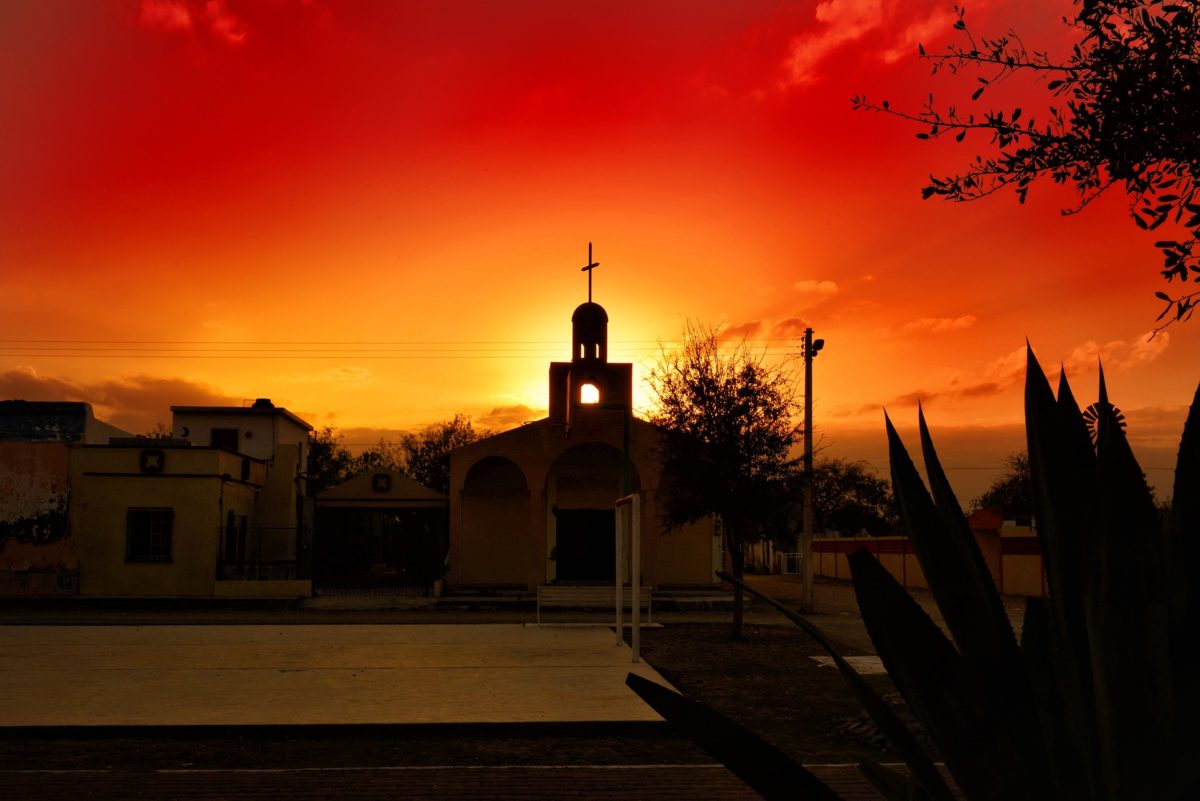“The federal government recalls the commitment of President López Obrador to reactivate the process of the fourth long term auction (SLP) in which, once again, renewable energies would be the protagonists.”
That statement yesterday – made by Mexican minister of energy Norma Rocío Nahle García at a conference in Mexico City – signaled an energy auction delayed and then apparently cancelled by newly-elected president Andrés Manuel López Obrador in January may be back on the cards.
Minister García explained the procurement round, originally planned for late last year and, it now appears, merely postponed in January has been held up because of a saturation of electricity in the nation’s power lines.
“The new auction would be carried out in response to regional needs, observing the most optimal conditions as well as the progress registered by the Federal Electricity Commission (CFE) in both its generation and transmission,” the minister added, without specifying when the auction would now be held. García said the government is awaiting the results of a review of the first three renewables auctions held by the previous federal government.
The nuclear option
“This work and its analysis is carried out within the CFE, which will propose an expansion of the Laguna Verde nuclear power plant [which is] currently in operation”, added the minister.
The resumption of energy auctions comes despite combative statements made by Manuel Bartlett in January. The head of the CFE insisted the state-owned utility had to regain a central role in Mexican energy and did not require help from third parties. Bartlett appeared to backtrack a month later when he said the CFE was “in favor of multiplying clean energies”.
The Mexican solar sector has lamented the lack of auctions for large scale projects although the nation has seen sustained activity in bilateral power purchase agreements.
In May, Mexico City mayor Claudia Sheinbaum – who served as secretary of the environment in the megacity during the current president’s term as mayor – announced a 350 MW solar plan including rooftop PV and small solar parks, to be realized with the support of private investors and the CFE. The move strengthened the belief public-private partnerships may hold the key to future large scale solar development in Mexico.
The three procurement exercises the previous government held, following energy reforms in 2015, allocated around 6 GW of solar generation capacity. The third tender produced the world’s cheapest solar power price – $0.02057/kWh.
This content is protected by copyright and may not be reused. If you want to cooperate with us and would like to reuse some of our content, please contact: editors@pv-magazine.com.




1 comment
By submitting this form you agree to pv magazine using your data for the purposes of publishing your comment.
Your personal data will only be disclosed or otherwise transmitted to third parties for the purposes of spam filtering or if this is necessary for technical maintenance of the website. Any other transfer to third parties will not take place unless this is justified on the basis of applicable data protection regulations or if pv magazine is legally obliged to do so.
You may revoke this consent at any time with effect for the future, in which case your personal data will be deleted immediately. Otherwise, your data will be deleted if pv magazine has processed your request or the purpose of data storage is fulfilled.
Further information on data privacy can be found in our Data Protection Policy.